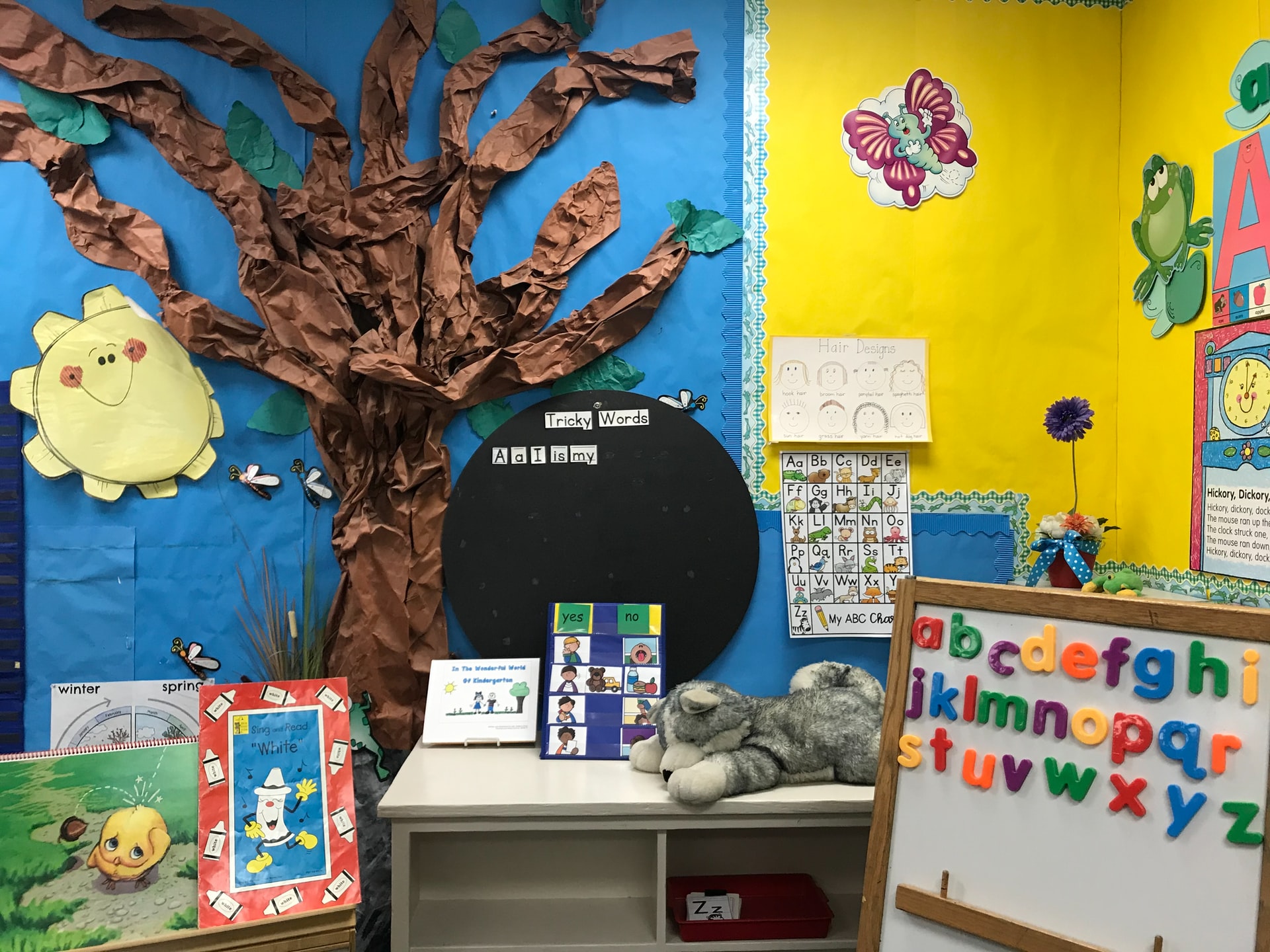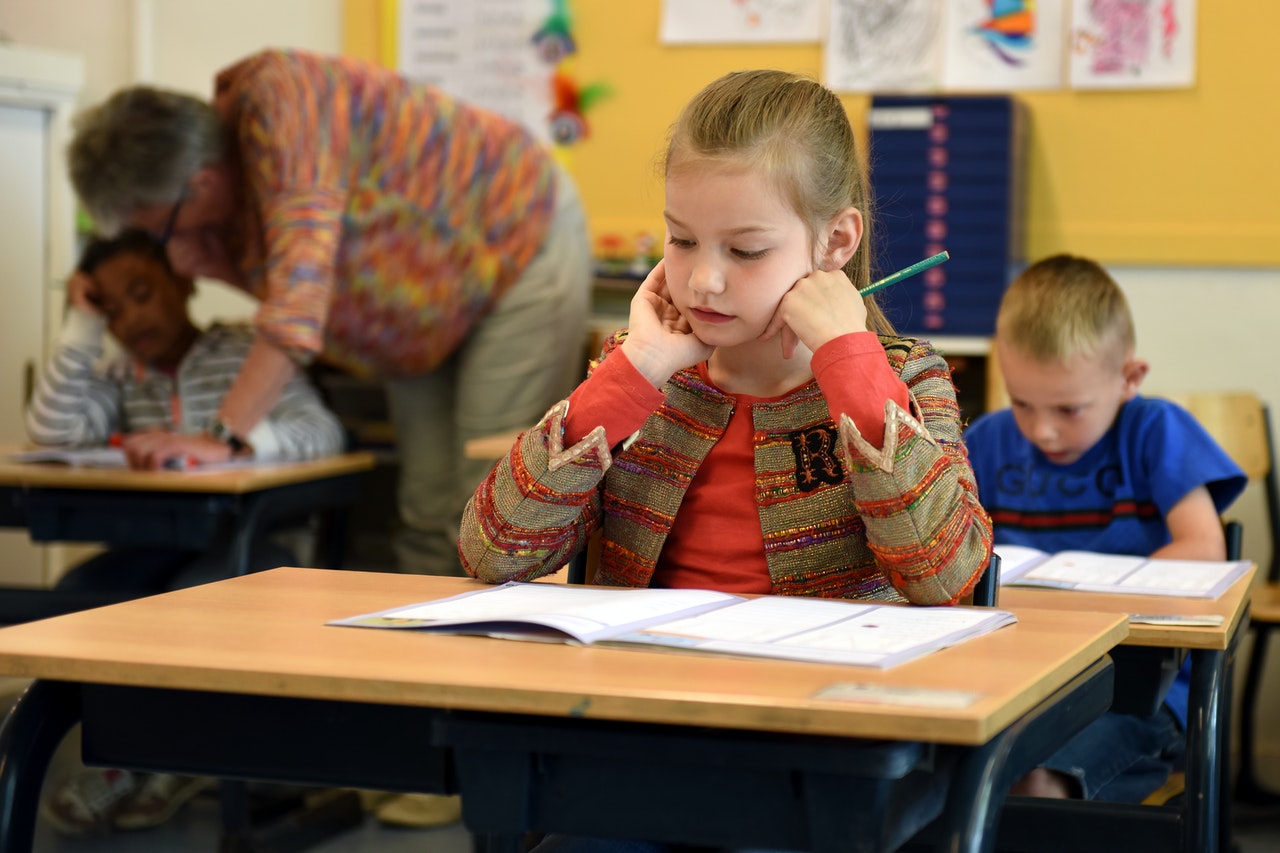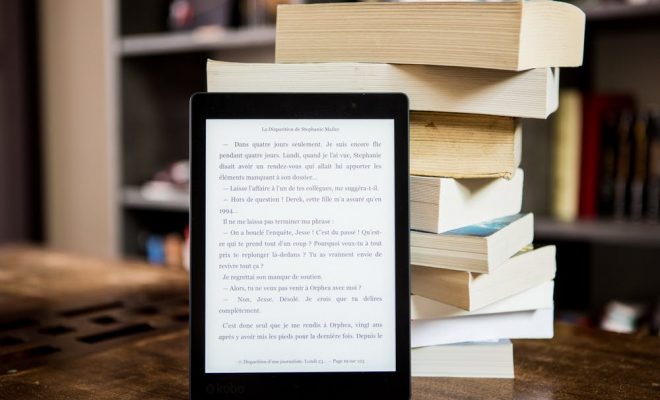Orton-Gillingham Reading System: Everything You Need to Know

The Orton-Gillingham technique first appeared in the 1930s, when it was created to assist readers with writing, spelling, and reading problems. Even though it is an ancient method, it is still commonly used. It has published the fundamental concepts for novel teaching techniques such as the multisensory approach and other successful reading approaches based on the Orton-Gillingham theory.
The emphasis is on linking sounds and letters to assist children with dyslexia and other related challenges in becoming more comfortable with reading and writing. Its primary idea is to divide these skills down into smaller portions, beginning with knowing how a certain letter sounds and progressing to more difficult activities.
When it comes to Orton-Gillingham, it is reasonable to state that this method was the first to employ trajectory senses in reading and writing.
Is the Orton-Gillingham Approach used universally?
Yes, this method of assisting pupils with writing and reading problems has been used for decades. Nonetheless, due to its adaptability, this teaching style is used in many preschool and primary schools.
Among the many practical uses is the so-called reaction to intervention, in which a teacher devises a customized strategy for a learner who has dyslexia or is just struggling with the curriculum.
We are intrigued by Orton-immense Gillingham’s potential since its principles can resolve far more than writing and reading challenges. Its multidimensional method has been an inspiration to educators all around the world. The Barton RP and the Wilson Reading System are two prominent Orton-Gillingham-based reading systems.
What is the Orton-Gillingham Method of Instruction?
While some instructors believe Orton-method Gillingham’s is a waste of time, we disagree. Many studies have found that pointing, identifying, and accurately pronouncing a certain letter is an excellent approach to enhancing reading comprehension and spelling.
This teaching style focuses on going word by word through a book, building and comprehending common letter patterns. Furthermore, the multisensory approach encourages enjoyable practices.
For example, as an instructor, you may instruct the student to walk in the shape of a specific letter or draw it with a face cream. Furthermore, this strategy provides good answers for children who are curious about why and how things work.
How Does It Operate?
It is true that Orton-teaching Gillingham’s style is not appropriate for everyone. As a result, the first step should be to test your learner’s reading skills, identify if they struggle or have a condition such as dyslexia, and then approach them using Orton-Gillingham if necessary.
Most of the time, this is done in smaller groups to ensure that all students have a similar level of expertise. Another benefit of specialized classrooms is that all students will learn a certain skill before progressing.
Finally, consider the following:
As a parent, you should be aware of the most common teaching methods and approaches. The Orton-Gillingham method is well-known among educators and is regarded as the greatest answer for children who have dyslexia or who struggle with reading and spelling.
You may figure out engaging at-home routines and speed up your child’s growth by educating yourself whether your child is approached in this way.





